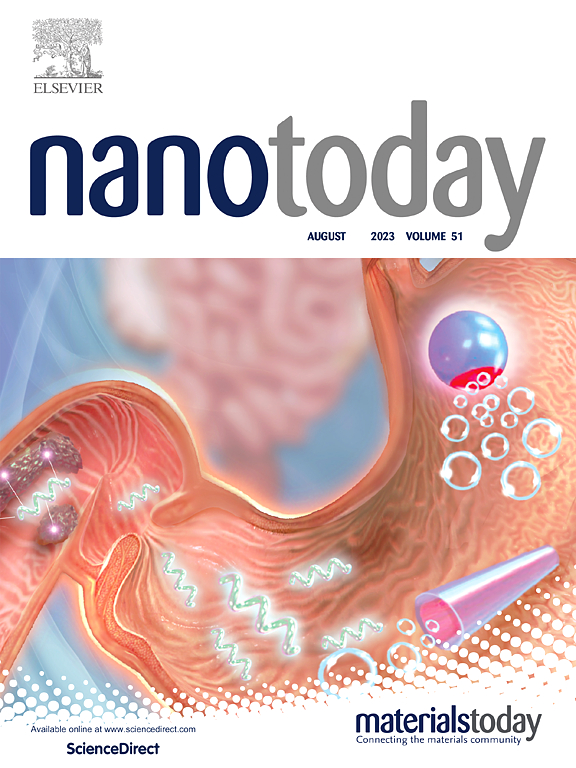Recent progress in low hysteresis gels: Strategies, applications, and challenges
IF 13.2
1区 材料科学
Q1 CHEMISTRY, MULTIDISCIPLINARY
引用次数: 0
Abstract
Low hysteresis hydrogels refer to the hydrogels are capable of quickly returning to their original state after being subjected to external stress or deformation without obvious delay, which are widely used in fields that require frequent exposure to external forces or repeated folding because of their stable mechanical properties, excellent resilience, insensitivity to cracking and high fatigue resistance. The primary challenge in achieving low hysteresis lies in minimizing energy dissipation during cyclic loading and ensuring rapid stress transfer to prevent stress concentration. This paper focuses on strategies to reduce energy dissipation and provides a comprehensive review of the latest design mechanisms, including chain entanglement, phase separation, molecular structure design, and slidable cross-linking points. Furthermore, the paper explores the applications of low hysteresis hydrogels in flexible sensors, triboelectric nanogenerators (TENGs), human-computer interaction (HCI), and new energy batteries. Detailed explanations of the mechanisms for achieving low hysteresis are provided, along with a comprehensive summary of the mechanical and sensing properties of these hydrogels. The paper also discusses future development prospects and highlights the current limitations of low hysteresis hydrogels.
求助全文
约1分钟内获得全文
求助全文
来源期刊

Nano Today
工程技术-材料科学:综合
CiteScore
21.50
自引率
3.40%
发文量
305
审稿时长
40 days
期刊介绍:
Nano Today is a journal dedicated to publishing influential and innovative work in the field of nanoscience and technology. It covers a wide range of subject areas including biomaterials, materials chemistry, materials science, chemistry, bioengineering, biochemistry, genetics and molecular biology, engineering, and nanotechnology. The journal considers articles that inform readers about the latest research, breakthroughs, and topical issues in these fields. It provides comprehensive coverage through a mixture of peer-reviewed articles, research news, and information on key developments. Nano Today is abstracted and indexed in Science Citation Index, Ei Compendex, Embase, Scopus, and INSPEC.
 求助内容:
求助内容: 应助结果提醒方式:
应助结果提醒方式:


